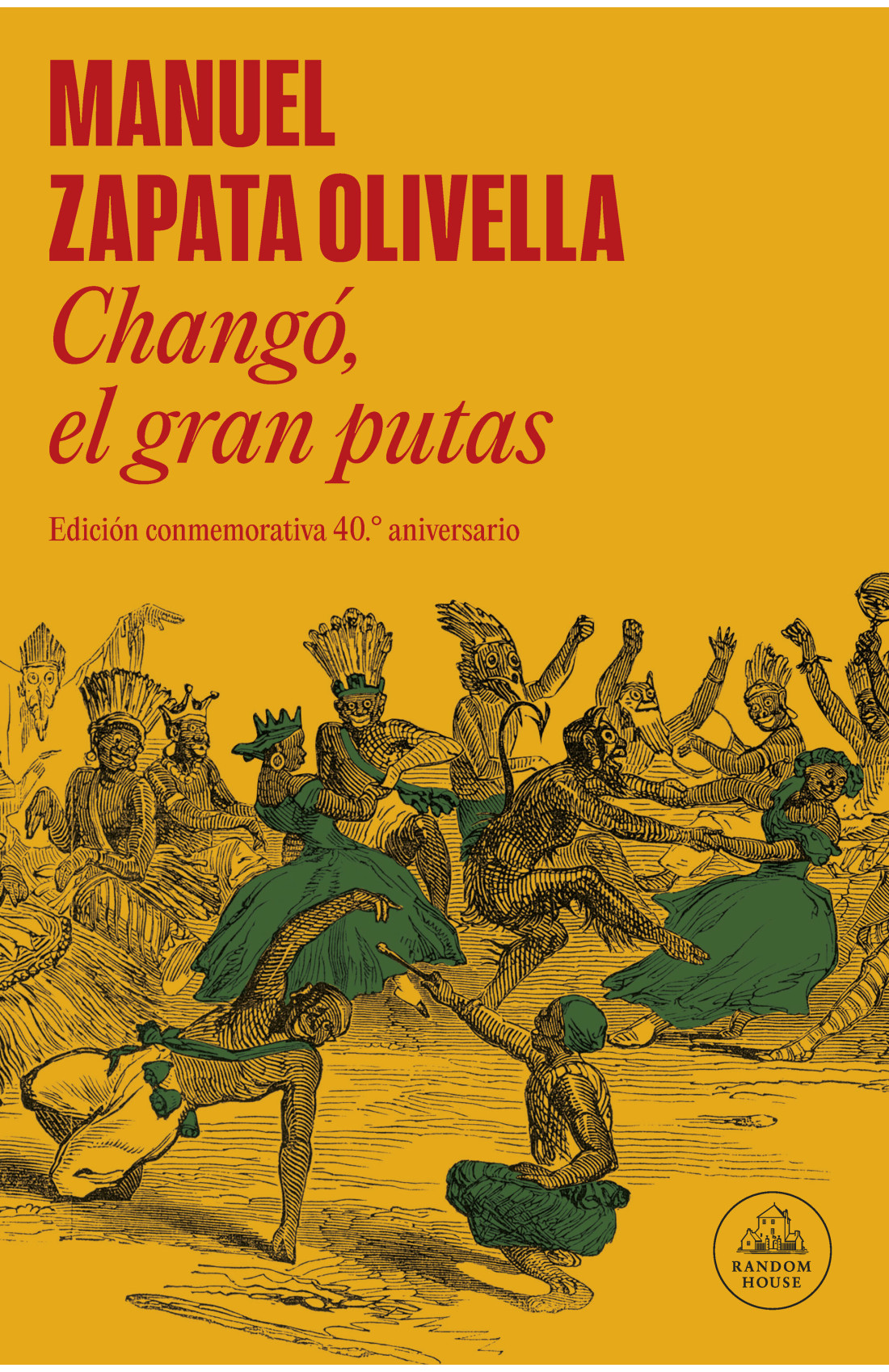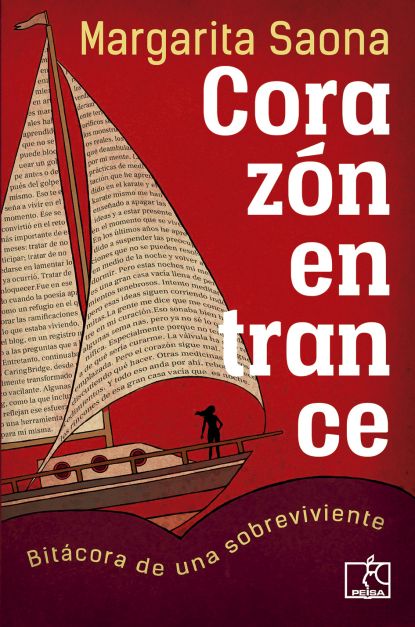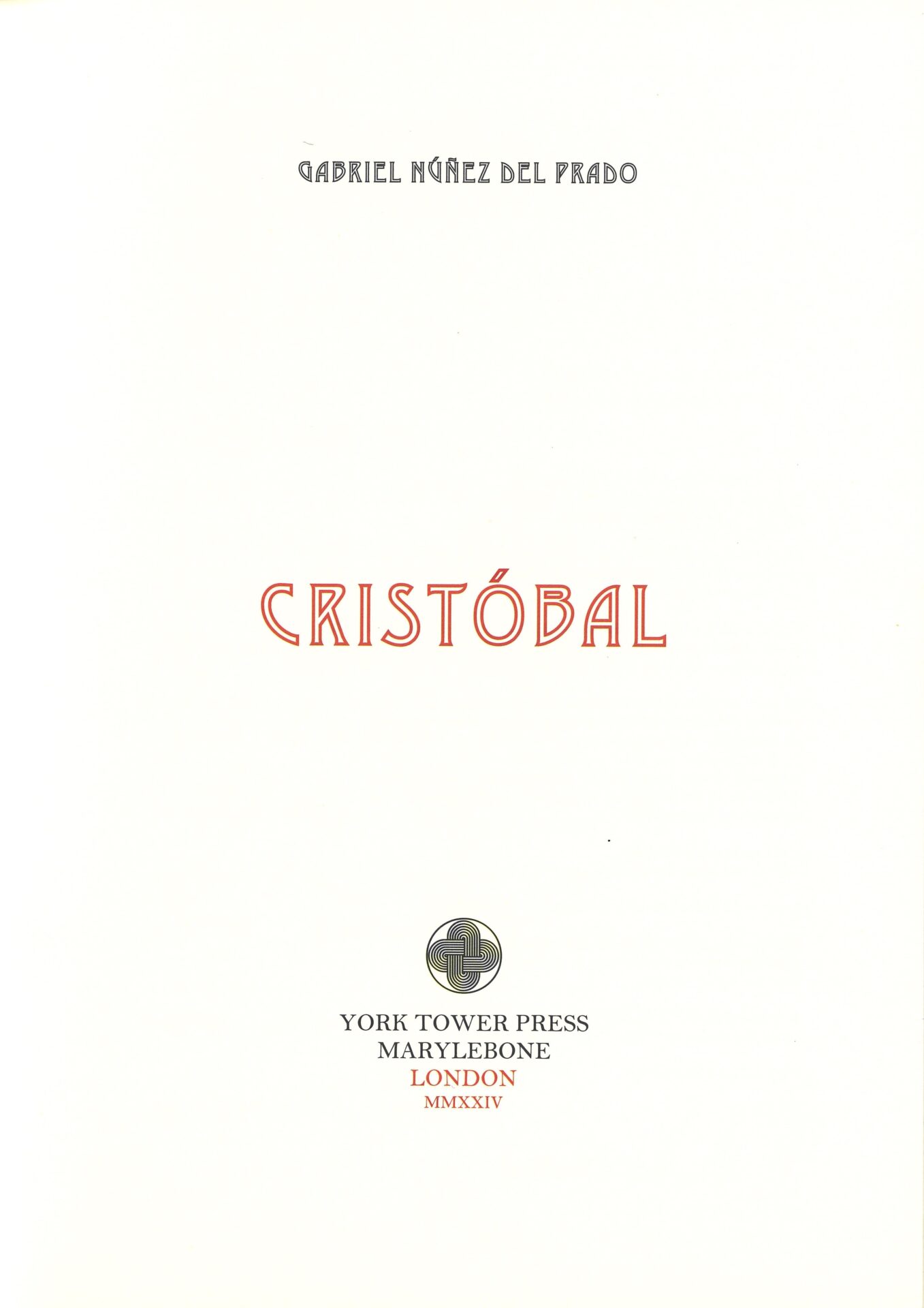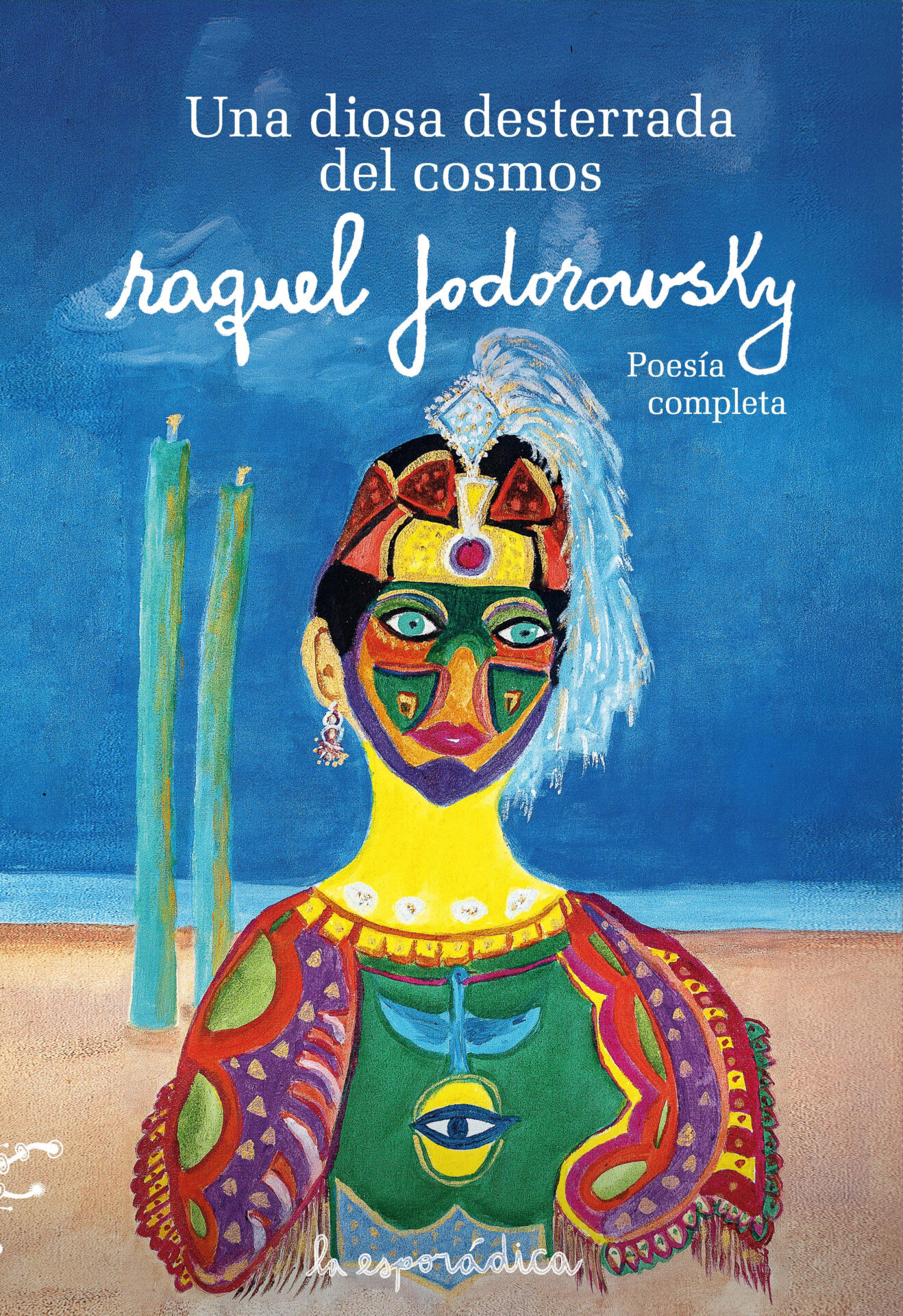Mujeres que matan. Alberto Barrera Tyszka. Mexico: Penguin Random House. 2019. 240 pages.
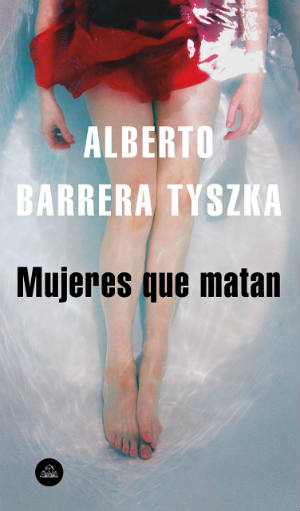 “Toda mujer tiene un crimen pendiente” [Every woman has a crime on her mind]. The story told in Alberto Barrera Tyszka’s latest novel, Mujeres que matan [Women who kill], builds outward from this suspicion. The story begins with a suicide. From there, an investigation begins, told with all of the suspense of a crime novel, where the son of the suicide victim goes about discovering the reasons for his mother’s death until he encounters the reading group that turned five women into murderers. Reading as an antidote to violence, but also as a weapon against that violence, is one of this novel’s themes. Another is the courage of literature itself in the face of dogmatic and stultifying speeches that diminish reality’s density.
“Toda mujer tiene un crimen pendiente” [Every woman has a crime on her mind]. The story told in Alberto Barrera Tyszka’s latest novel, Mujeres que matan [Women who kill], builds outward from this suspicion. The story begins with a suicide. From there, an investigation begins, told with all of the suspense of a crime novel, where the son of the suicide victim goes about discovering the reasons for his mother’s death until he encounters the reading group that turned five women into murderers. Reading as an antidote to violence, but also as a weapon against that violence, is one of this novel’s themes. Another is the courage of literature itself in the face of dogmatic and stultifying speeches that diminish reality’s density.
After winning the Herralde Prize for La enfermedad (2006) and the Tusquets Prize for Patria o muerte (2015), Alberto Barrera Tyszka has become the best-known Venezuelan author outside of his home country. Even though he has lived in Mexico for some time, his literature has remained firmly anchored in the Venezuelan imagination. His writing could be read as chronicles of modernity; indeed, it is read this way all too often. However, in the case of this novel, the same Barrera stated in several interviews that his intention was, in the beginning, to set the story in Mexico and leave behind the reference points of Venezuela; that is, until he realized that the story didn’t work. So he decided to place it in a city that goes without a name, a place that “día a día se desplomaba con puntual rigurosidad, como si siguiera un programa de gobierno” [collapses day by day and with punctual rigidity, as though it was a continuation of a government plan], where living is like playing Russian roulette.
The references point to Caracas and to Venezuela. But the ambiguity achieved by avoiding direct mention allows the story to reach unexpected resonance. It is about a country where the highest authority is a High Command. “¿Quién era el Alto Mando? Nadie parecía saberlo. ¿Qué era? Era una voz acompañada de muchos hombres con armas. ¿Dónde estaba? En todos lados” [Who was the high command? Nobody seemed to know. What was it? It was a voice accompanied by plenty of men with guns. Where was it? Everywhere]. This is the political system of the country where five friends gather together to read literature written by women. The reading club presents itself as an ideal antidote against the chaos that surrounds them, but allows for the construction of a story that branches out to reach every angle of violence: eternal protests, extrajudicial detention, torture, murder with impunity, abandonment, sickness, and, finally, suicide. The story is told in a neutral variation of Spanish, where there are “coches” and “automóviles” instead of “carros”; “hileras” or “filas” instead of “colas”; “elevadores” instead of “ascensores.” Piece by piece, its fragments inquire into suicide in the present, while a parallel story from the past develops from the club’s meetings until the two converge in an ending that does not seek for a cheap surprise so much as it does to spark new questions.
Indebtedness to the crime novel tradition is evident in this story, which follows the thread of a series of murders. Still, the most interesting move comes at the intersection of crime novel and self-help literature. It is there that we discover the capacity of this fiction to lead us to suspend our disbelief to the point that we accept the motives of these women who kill. The women who take justice into their own hands are inspired by a book about overcoming personal struggle by an author named Alma Briceño (invented by Alberto Barrera). It is based on a simple phrase: “Te daría mi vida… ¡pero la estoy usando! [I would give you my life, but I’m using it!]. The self-help manual does more than just interrupt the crime novel genre; it also intercedes as an unwanted artifact, contaminating reading with marginal or marginalized language that is considered far from high literature.
The reading group dedicates itself in the beginning to reading young, female Latin American authors, until the self-help book invades the group, brought by the only character that comes from a regular neighborhood and that that has an unprejudiced vision of what reading can do. But the manual does not come into the group without resistance, and in that resistance lies the historic debate between high literature and popular literary products that circulate through the same modes of distribution. The crossover produces a fascinating result. Just as happens in the country without a name, what these five readers search out in the self-help book is a rapid solution for their own personal tragedies. An individual solution that does not pass through institutions, nor submit itself to laws and procedures. Just like in that country intent upon ruining itself, the readers want to resolve their own problems without being held accountable to anybody.
The impatience with which these characters resolve their dramas, supporting themselves with overly-simplified slogans, is similar to the impatience cultivated by internet warriors that demand that everything be resolved right now, consequences be damned. For them, the long, tortuous road of democracy, institutional and non-violent, is too slow and frustrating. It is there that the self-help book works like a cousin of the political speeches that simplify reality and substitute soundbites for complex reasoning, which in turn become dogma. Just like self-help books, these speeches (that we could very well term ‘populist’) search for unconditional surrender to pre-made thought that will stand in for complex knowledge and meaningful action. As the story advances and the diverse array of extreme circumstances that these women have suffered are laid bare, there is an explosive meeting between the unpunished crimes hatched and carried out by the anonymous High Command and the desire for vengeance among the victims of those crimes, fed by fiercely individualist sloganeering. Of course, the result is lethal.
At the end of the novel, several serious ethical dilemmas remain that the text does not try to resolve absolutely. This story demands that we ask ourselves whether we would be capable of reaching the extreme of these women who kill. If we say yes, opening ourselves up to the reign of lex talionis—an eye for an eye, a tooth for a tooth—than the easy way out will have triumphed and vengeance will be the only possible form of justice. If we say no, the over-simplified manual and the dogmatic slogans will sustain a serious blow. I believe that this is the result that Mujeres que matan seeks: causing us to think seriously about extremes in order to show us the limits that we should not have to reach. However, this is far from a moralizing work. On the contrary, it is fiction that places us before a problem and leaves us alone with all of its ramifications and consequences. Without a foundation. Without easy answers. Without a slogan that can rescue us from the abyss.
Raquel Rivas Rojas
Translated by Michael Redzich

